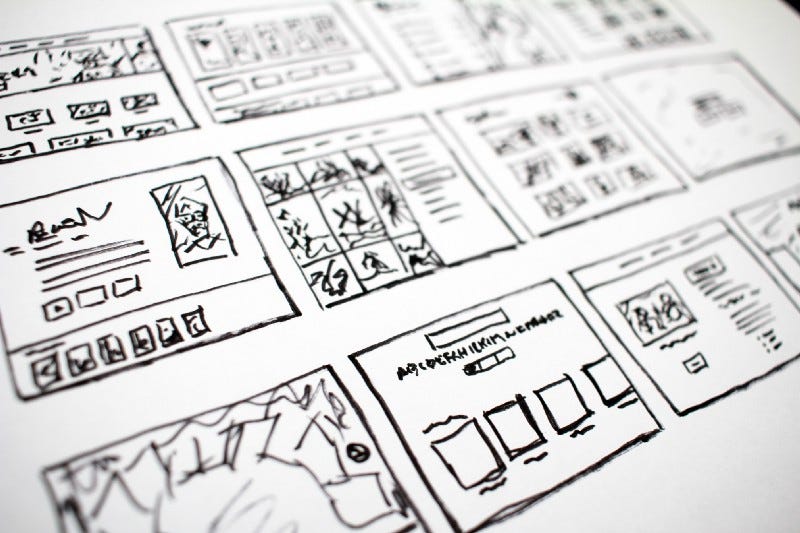Cover these steps to optimize your software releases

(Notes: 1. All opinions are my own)
Introduction
User Acceptance Testing (UAT) is critical to the deployment of any software project, and constitutes the last “real” test before going live with your release.
It is the last phase of testing and gives a sample of end users the chance to try out your new product features before hitting the go-live date and releasing software to the entire user population.
In this article, I go over four critical aspects (plus 3 extra bonus points) to keep in mind to run successful UAT rounds and maximize the chance of deploying bug-free software.
Develop a playbook

The first step is developing a test plan, through which you can think through all aspects of UAT, the most important of which are:
Clearly outlining purpose and scope of testing
Defining the necessary criteria that must be met in order to get to UAT, as well as out of it (by targeting a pass rate %, for example)
Clearly stating what will be the deliverables of UAT, be it a report or compiled testing document summarizing and describing the UAT phase
Defining Roles and Responsibilities of the people and users involved
Defining any known Assumptions, Dependencies, Risks, & Constraints
Defining the Testing Environment UAT will be based on
Calling out any project timeline implication related to UAT; within this point, define the estimated length of the UAT testing window as well as the individual tester’s time effort to complete UAT
Referencing any supporting documentation
All of these sections need to be thought through as you develop your test plan, even though you won’t be giving them all the same amount of focus, depending on the project.
Validate your test cases
Correctly identifying what you will be testing your end users on in the first place is of extreme importance, since getting the scope of testing wrong may prevent you and the team from catching very relevant bugs as you’ll deploy in your production environment.
This is particularly true for projects which feature different end user roles, or “personas”, which all work in the same system but follow different processes and workflows.
I once worked on a project where UAT had to be catered toward 12 different role types, and so as a team I realized we had to focus on strongly understanding each role and what they ultimately cared about achieving in the system.
Once you have identified all these personas and processes, it is key that you spend time playing back your findings to end users to really make sure you’re hitting the mark as far as the persona-specific scope of testing for each role.
This can be achieved in different ways, but one of the most effective ones I found is interviewing people from the same persona group at different levels of tenure and seniority in the organization, or general experience with the product, to really make sure what you are preparing to test them on will be relevant to them.
Be also aware of other variables (geographical differences , for example) that may play a part on how you decide to segment and validate your test cases for end users.
Make it easy for end users

Thinking through the UAT experience from the point of view of your end users, it is imperative that you reason about how you can facilitate the testing sessions as much as possible by removing any sort of technical and non-technical friction from their end.
In short, making testing as easy as possible for your end users so that they can be guided through the sessions while retaining the freedom to fully test the system, which is the true essence of the UAT phase.
Aspects you may want to consider under this point are:
Making it easy for end users to interpret, read and log your test cases on a given website/test system
Providing documentation to end users , or a Frequently Asked Questions (FAQ) doc, that solves most common question a test user has, assume he/she has just been pulling into UAT: what info will summarize the UAT tasks and make it easy for them to understand her/his role in testing?
Maintaining an open line of communication with users during the testing period at all times, via dedicated chat channels or ticketing support systems that have dedicated UAT resources from the project team which will be fielding questions for end users if they get stuck at any point
Make it rewarding for end users

To maximize test user engagement, you also need to make testing fun and provide incentives for users so that you can maximize participation numbers and testing commitment as well.
Gamifying UAT is a great idea to get buy-in from your testers and reward them for their time commitment! Some example rewards ideas below:
UAT leaderboards to create a sense of competition among testers and turn them into motivated bug-hunters!
UAT “swag”, or dedicated apparel you can post to their office, or home address, to create a sense of belonging to the UAT Crew!
Dedicated public recognition moments at key meetings and in front of other software users
Rewarding the UAT experience enhances the quality of testing your project team will ultimately receive and create a true sense of having formed a community of “super-users” you may also be able to rely on for future releases.
Final tips
And to conclude, three additional aspects which are also very important to highlight and/or reiterate:
Reporting: make sure you are able to log and surf quantitative results around all of your tests to share internally
Documentation: it is never enough, both for users and for the project team
Software Go-Live: finding ways to involve your UAT users during the production deployment to assist the general user population
Thanks for reading!
Access my free Data Science resource checklist here.
Join Medium with my referral link — Edoardo Romani
As a Medium member, a portion of your membership fee goes to writers you read, and you get full access to every story…edo-romani1.medium.com




